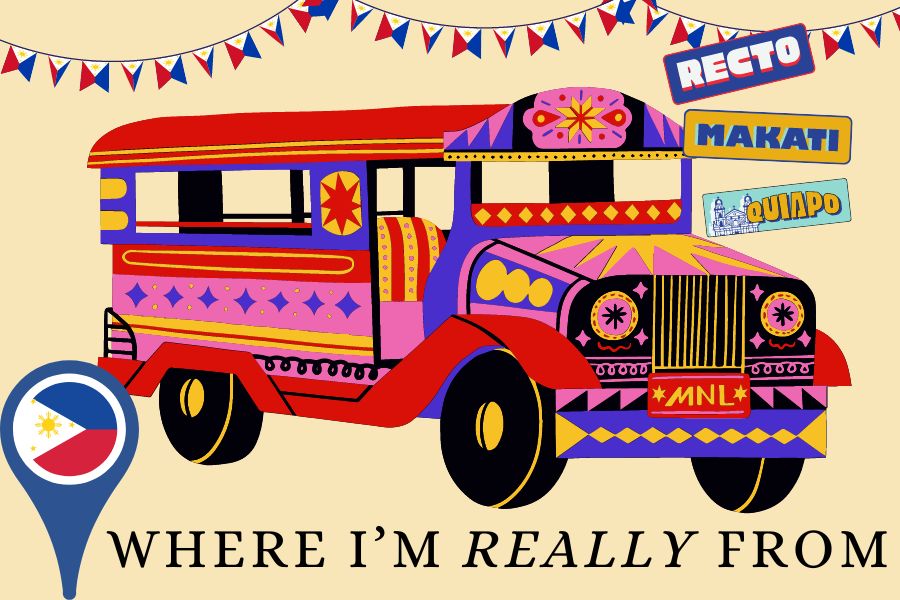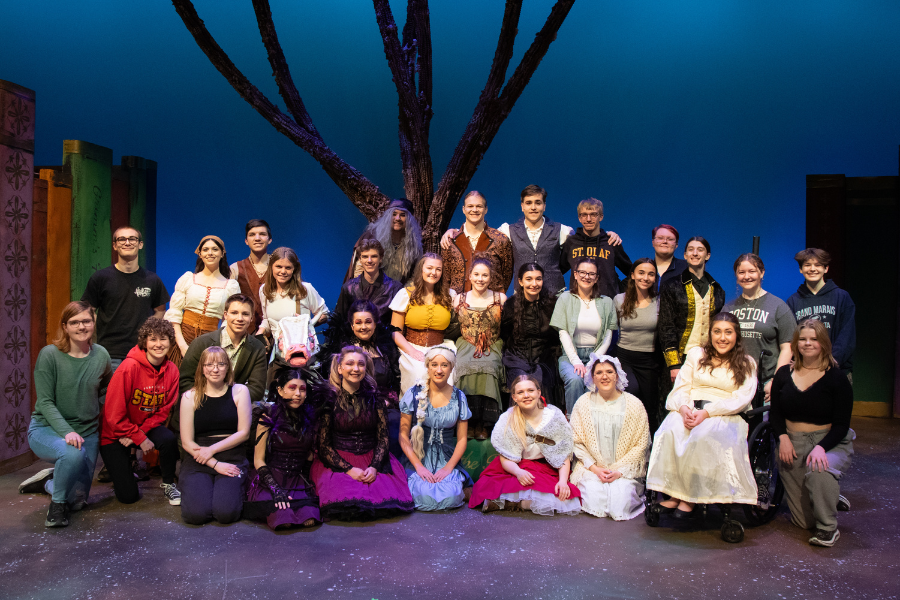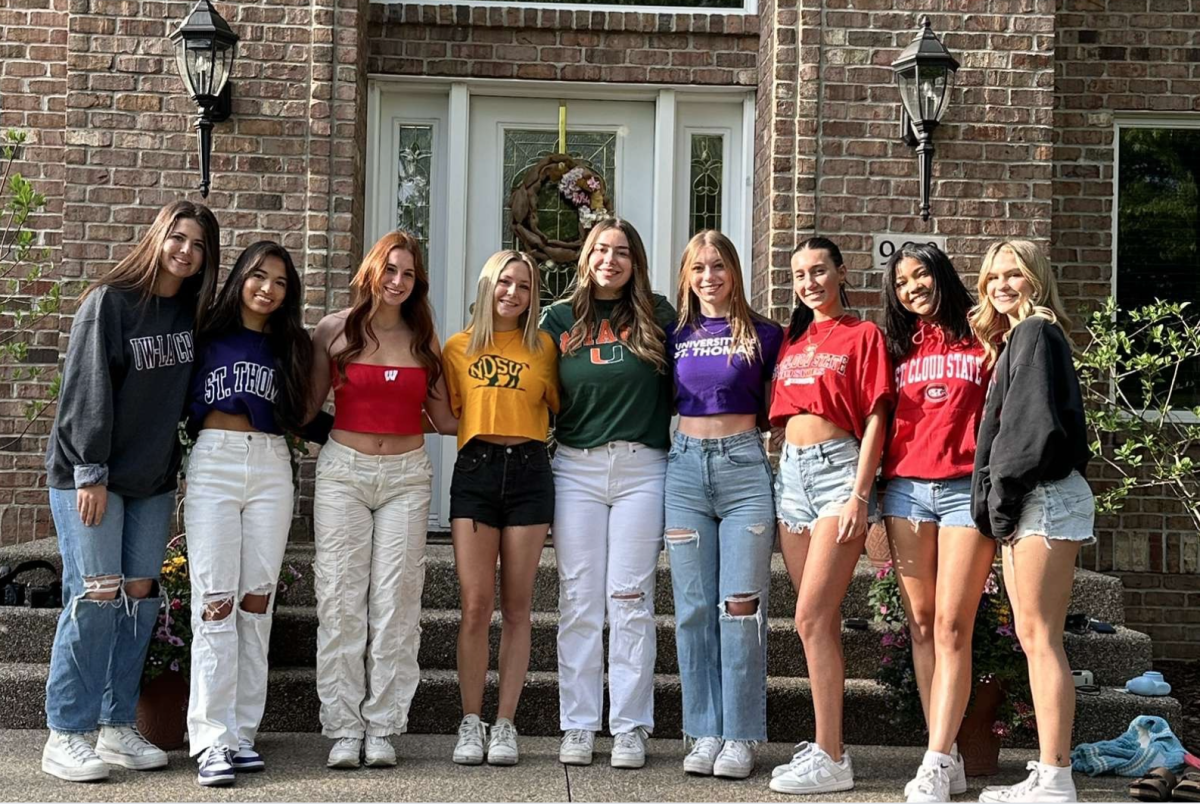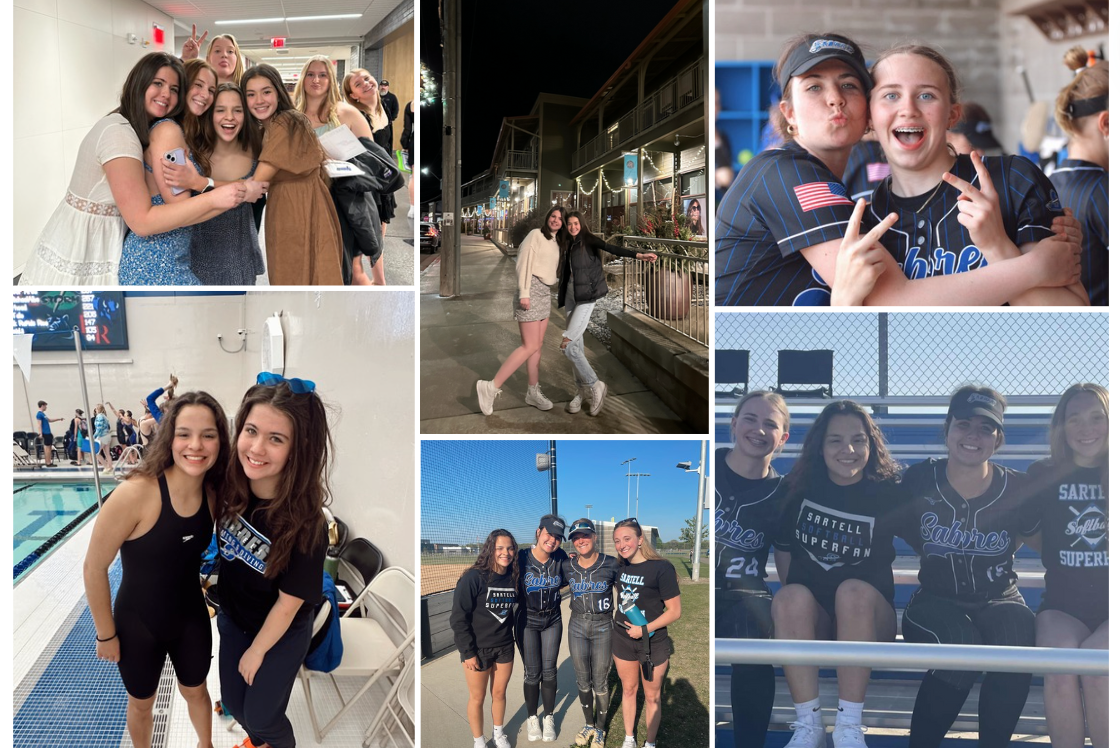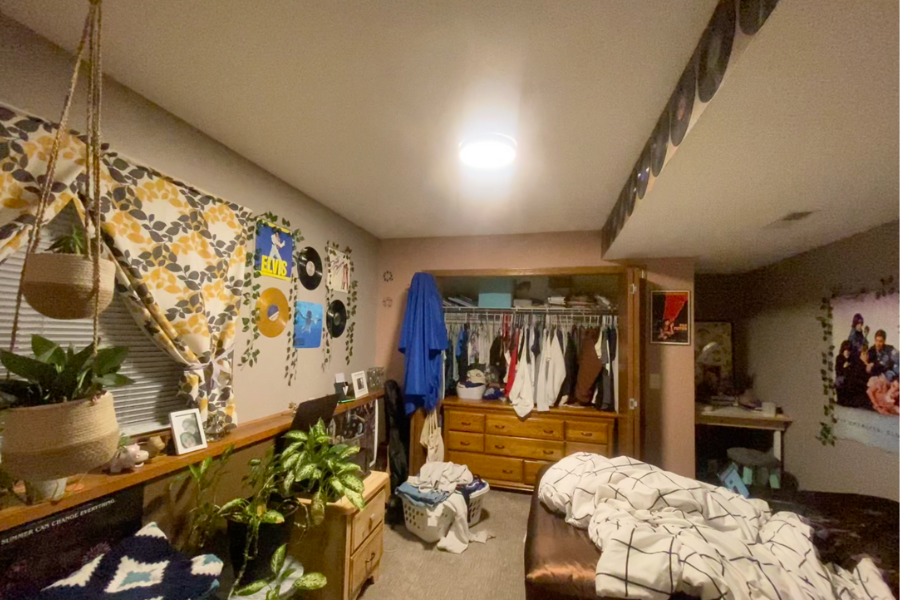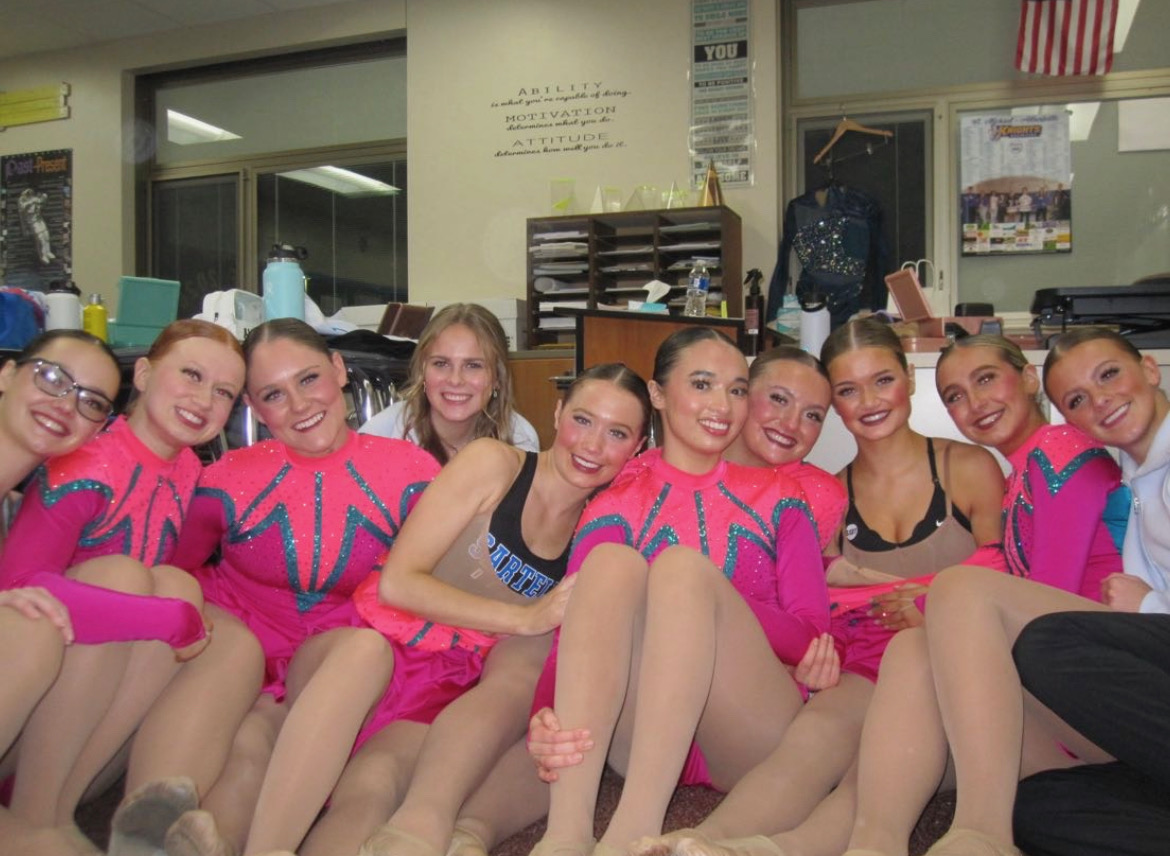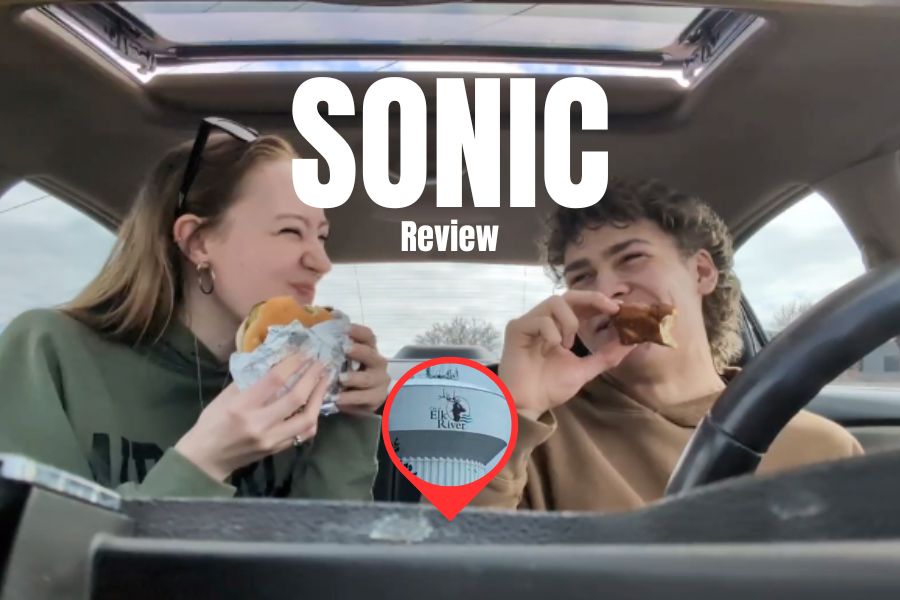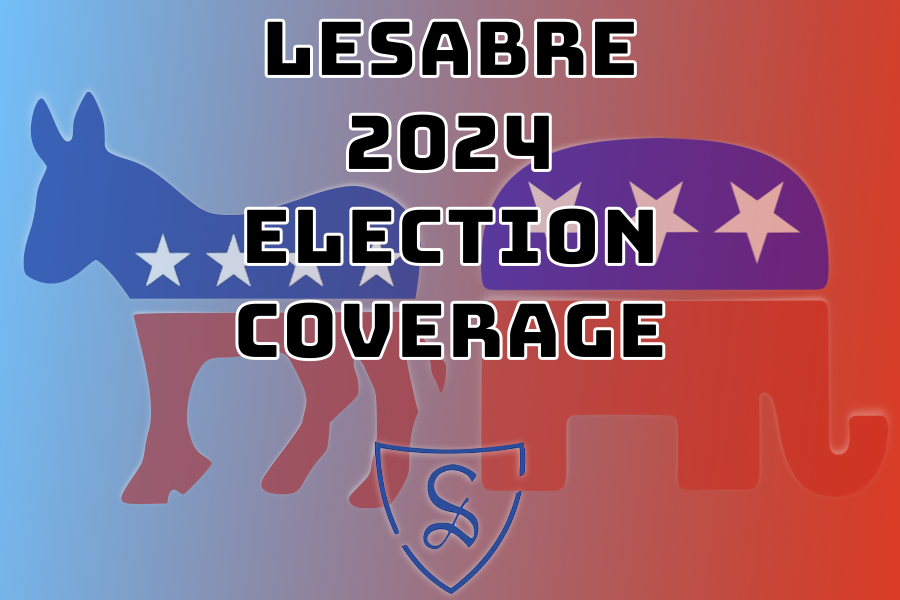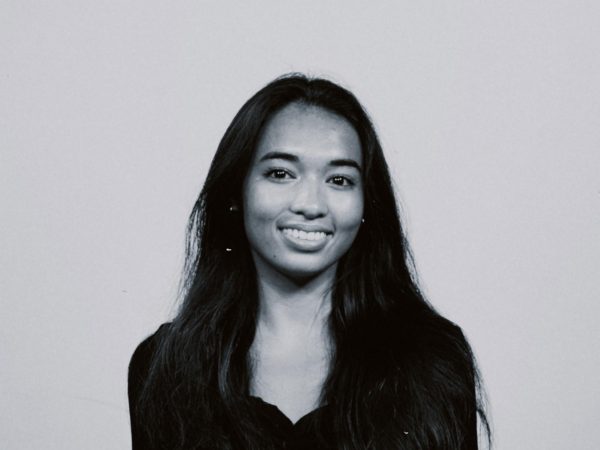“Where are you from?…No, where are you actually from?” For as long as I can remember, this question has followed me. It stayed with me in grocery store lines, piano lessons, the swings at recess, becoming so inescapably prevalent in my everyday conversations that my answer became rehearsed, permanently etched into the side of my brain. “I’m from Minnesota, born and raised.”
My answer, although truthful, always failed to satisfy those who asked. They’d leave disappointed, like by being racially ambiguous I owed it to them to answer every relentlessly curious question they had about my race. As a bright-eyed little girl, this question confused me, but as I began kindergarten, everything started to piece together.
From the second I walked into the room, it was obvious to everyone that I was different. I, however, seemed to be oblivious to the fact that my skin was darker than the rest of my peers, and my nose lacked a bridge. My classmates however, who noticed almost instantaneously, spent no time at all finding me my “twin.”
We barely resembled each other. Claire was a thin, tall girl, with light skin and her dark brown hair kept cascading down her shoulders. I always kept my hair in two braids, my stature short and my skin bronzed from my summers spent outside. I was Filipina, while she was Korean, yet, throughout the day, it became apparent that our teachers and peers would often call us by the wrong name by accident. She quickly became my best friend.
After school, I ran off the bus, eager to tell my mom about the things I learned, and the people I had met. “Mom,” I beamed, “There’s a girl in my class who looks just like me!”
“Well,” she replied, “What’s her name? Is she Asian like you?”
“What’s Asian?”
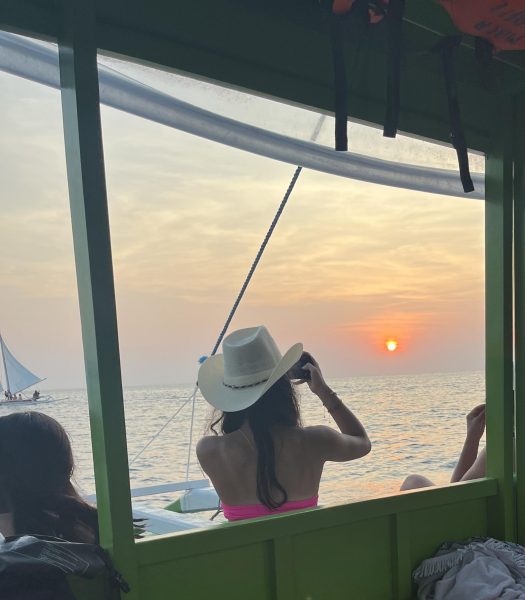
Somehow, unbeknownst to my family and I, I had gone nearly six years with my life without ever realizing that I was not the same race as the other kids around me. Yet, somehow, within six hours of being in my predominately white public elementary school, they had already told me who I was, the way I should act, and all of the stereotypes that I should fit into.
I began to notice myself standing out. None of the pretty girls on TV looked like me nor Claire, unless her character was violently nerdy. Suddenly, being smart didn’t feel like a compliment anymore. Where I used to feel pride in being the only kid in my class reading chapter books, I now felt like just a further iteration of a stereotype.
I wanted to be more than just “the Asian one.” I felt that my race was the first thing that anyone ever noticed, and the only thing that anyone would ever remember about me, and so throughout the rest of my adolescence, I strived to be seen as anything other than that. I leaned into the other parts of myself that I found interesting, in hopes of my peers offering validation. I tried being known as the dancer, a class clown, a thespian, and yet, I still felt as if I wasn’t being seen for who I really was. I clung to my mother’s Minnesotan roots with desperation. Still, the question remained: “Where are you from?”
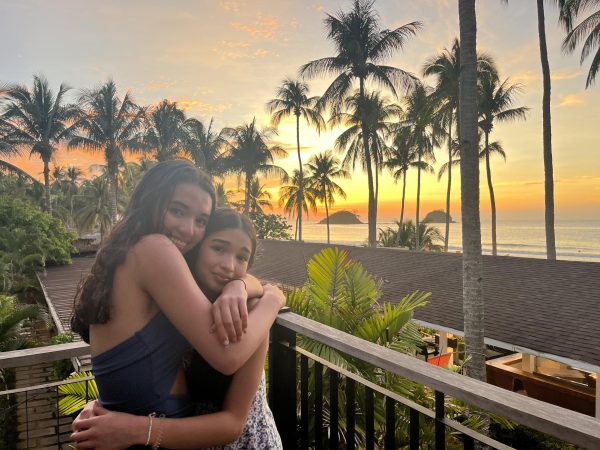
As I entered high school, I still felt uncomfortable in my identity, but in a different way. Instead of hiding the fact I was Asian, I embraced it. I compensated with an inappropriate amount of humor, poking fun at the way I seemed to be the only Asian who couldn’t do math, the only Filipino who couldn’t sing, yet simultaneously falling into the bad driver stereotype. I no longer knew how to answer the dreaded question. I knew that my Minnesotan answer was not what they were looking for, but saying I was from the Philippines seemed untruthful. I didn’t know any Tagalog, the language that my dad grew up speaking, and I knew close to nothing about the culture there. It seemed unfair to consider myself Filipina, especially since I was only half.
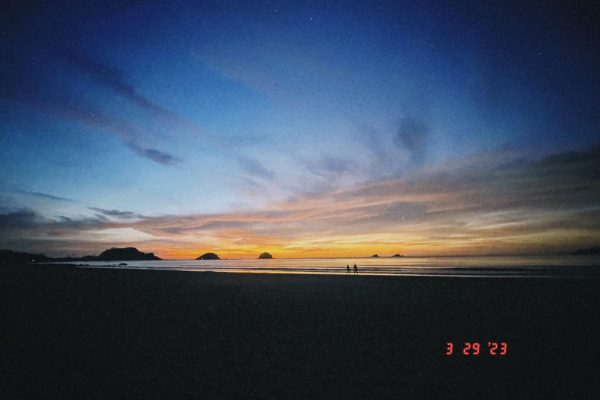
Finally, the spring of my junior year, I begged my parents to take me to the place where my dad grew up over spring break.
The experience changed my life.
I had never been able to try so many new things; ziplining, scuba diving, island hopping, intense karaoke, parasailing, and so much more. Even more exhilarating was being immersed into the culture that I’ve never got to be a part of before. I met my family for the first time, learned bits and pieces of my dad’s native language, and tried snacks that I could never come across in the US. I wasn’t the minority anymore, and I found tons of girls who looked like me. I felt that this part of myself had been missing, and I’d finally found it.
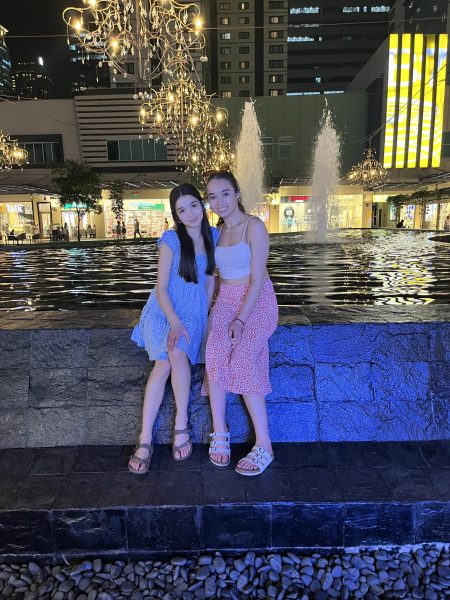
I had a lot of conversations there that will stay with me forever; boys in the market begging me to marry them, the jokes I shared over the board games with my dad’s cousins. One in particular stood out. A little girl, my cousin, tried to talk to me. My heart broke as I realized I had no way to speak to her, due to the language barrier. The only thing I was able to understand was the word “Maganda,” the Tagalog word for pretty. My father translated more in-depth for me, “She said you’re beautiful, and she wants to look just like you when she’s older. You look like an American movie star.”
I was touched, but my heart only continued to break. Fair skin was envied in the Philippines, and although I loved being tanned, I was fortunate to have my paler February skin. As I ate the food my aunties had prepared, I couldn’t help but realize that the same way I was jealous of the little blonde girls in school, my cousin was jealous of me. More than anything, I wanted to express that to her. But the language barrier prevented any meaningful conversation from happening. All I was able to muster was a soft “Salamat!”
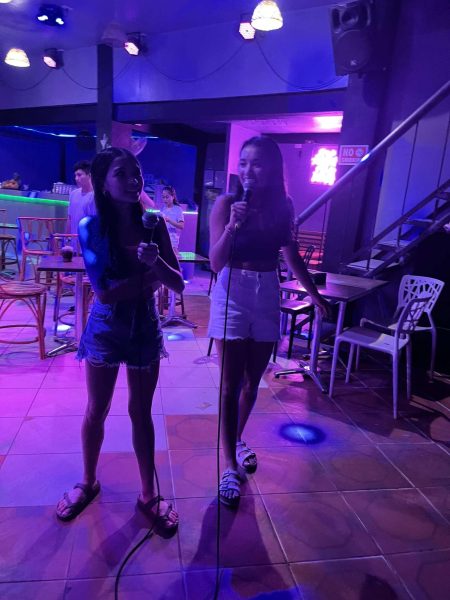
I came back from that trip a different girl. I no longer recognized who walked into that 24 hour flight. I not only knew what it meant to be Filipino, but I celebrated it freely. I was part of a community now, the most awe-inspiring, supportive, group of people that I’ve had the pleasure of interacting with. We sing, we dance, we cook, but most importantly, we prioritize our love for our family.
I’m confident in who I am now, and I know how to answer the question that has followed me into every chapter of my life. I’m McKinzie Cusipag from Sartell, Minnesota, but even further, I’m from Brainerd, Minnesota, I’m from the Philippines, and all of the places my relatives were before me. I’m from hard work and traditions that have lasted decades. Most importantly, I’m from two communities, equally beautiful as they are separate, joining together; a legacy I’m proud to be living.



